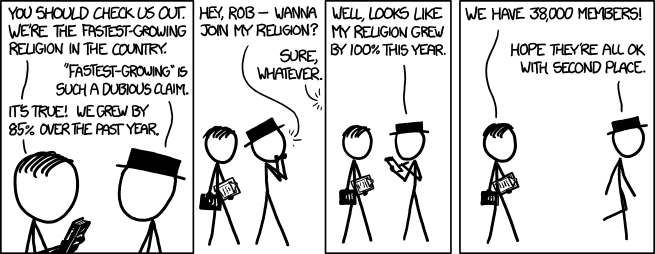Introduction
Necessity of definitions

To gain mutual understanding, core terms need to be defined. For this lecture, we need to—at least—figure out what IT and business value means.
IT and digital
IT x
The information systems (IS) literature categorizes IT resources into
- IT assets, such as hardware, IT infrastructure, or software applications (Melville et al., 2004)
- IT capabilities, such as IT skills or IT management abilities (Wade & Hulland, 2004)
- IT-enabled resources are systems that are formed through relationships between IT assets (e.g., CRM-systems) and organizational resources (e.g., CRM processes) (Wade & Hulland, 2004)
To create IT-enabled resources organizations need to integrate IT assets, IT capabilities and organizational resources in a way that they create synergies.
From IT to digital resources
Digital resources are a specific class of digital objects that (1) are modular; (2) encapsulate objects of value, assets, and/or capabilities; (3) and are accessible by way of a programmatic interface (Piccoli et al., 2022).
- Digital resources are digital objects designed to work as units in larger systems (i.e., modularity)
- A digital resource has no intrinsic value separate from the demand for the asset or capability it encapsulates (i.e., encapsulate objects of value)
- Digital resources are accessed via a programmatic interface rather than a manual or physical interface. Access is fully managed by a software boundary that exposes the encapsulated asset or capability via a set of prespecified data elements and request-response actions.
Dynamic capabilities
The resource-based view supports that firms may achieve a competitive advantage based on their bundles of resources and capabilities (Peteraf et al., 2013; Wade & Hulland, 2004).
The dynamic capabilities (DC) view argues that firms have to evolve their resource and capability base in order to ensure a sustained competitive advantage (Peteraf et al., 2013) — two types of resources:
- ordinary or operational capabilities, which allow firms to survive in the present by supporting existing operations
- dynamic capabilities, which are directed towards strategic change of ordinary capabilities and resources
DCs govern the change of other organizational capabilities (Teece, 2014).
IS and dynamic capabilities
Value
IS business value
Value created by IT is—in a business context—usually referred to as IT/IS business value.
IS business value is the impact of investments in particular IS assets on the multidimensional performance and capabilities of economic entities at various levels, complemented by the ultimate meaning of performance in the economic environment. Schryen (2013, p. 141)
The ultimate meaning of performance refers to what is subsequently derived if the outcome is exploited, e.g.
- impact on performance of a workflow management system: faster business processes
- the ultimate meaning: is dependent on the use of gained time and the extent to which competitors have speeded up their processes
Taxonomy of IS business value
Usage as the missing link
IT assets need to be used in order to create any impact that, eventually, creates value.
Adoption and use
The Unified Theory of Acceptance and Use of Technology (UTAUT) suggests that the actual use of technology is determined by behavioural intention. The perceived likelihood of adopting the technology is dependent on the direct effect of four key constructs, namely performance expectancy, effort expectancy, social influence, and facilitating conditions. The effect of predictors is moderated by age, gender, experience and voluntariness of use
Efective use
Key for Figure 7: Solid arrows reflect primary paths; dashed arrows reflect secondary paths; boxed arrows reflect necessary causality (i.e., x enables but does not determine y ). Bolding on “user,” “system” and “task” reflect the relative emphasis on each element of use (bold reflects more emphasis).
The Theory of Effective Use defines effective use as “using a system in a way that helps attain the goals of using the system” (Burton-Jones & Grange, 2013, p. 636) and conceptualizes it to consist of three dimensions: transparent interaction, representational fidelity, and informed action.
Transparent interaction is the extent to which a user is accessing the system’s representations unimpeded by its surface and physical structures.
Representational fidelity is the extent to which a user is obtaining representations from the system that faithfully reflect the domain being represented.
Informed action is the extent to which a user acts upon the faithful representations he or she obtains from the system to improve his or her state.